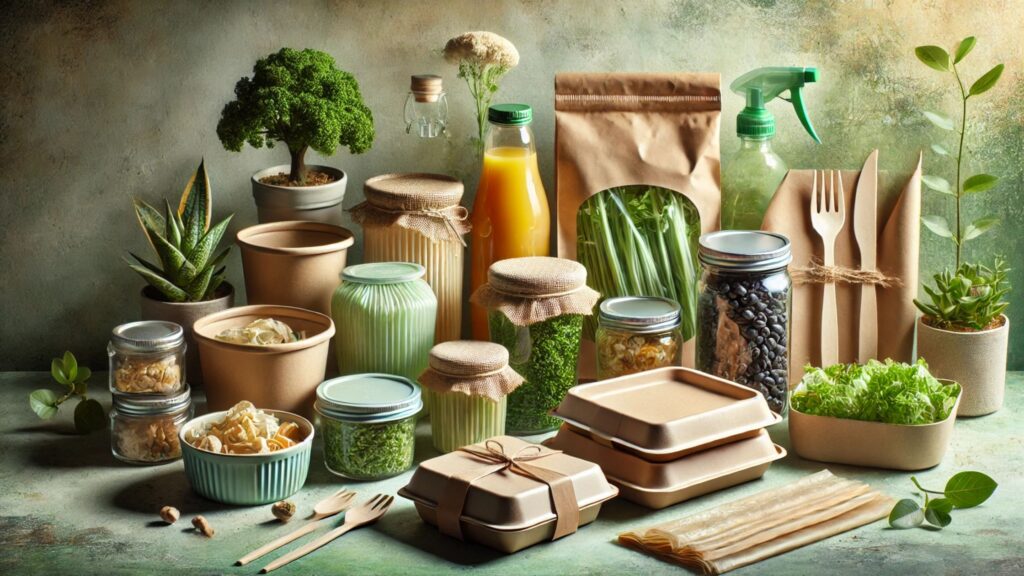In today’s environmentally conscious world, sustainable food packaging has become a priority for businesses and consumers alike. With concerns over plastic pollution and climate change growing, the food industry is shifting towards eco-friendly alternatives. This blog post explores the latest innovations, benefits, and trends shaping the future of sustainable food packaging.
Why Sustainable Food Packaging Matters
Traditional food packaging, especially plastic, contributes significantly to global waste and pollution. Single-use plastics often end up in landfills or oceans, harming wildlife and ecosystems. Sustainable food packaging aims to reduce environmental impact by using biodegradable, compostable, and recyclable materials. By adopting greener packaging solutions, businesses can minimize their carbon footprint while meeting the demands of eco-conscious consumers.
Innovations in Sustainable Food Packaging
- Biodegradable and Compostable Materials
Innovations such as plant-based plastics (PLA), mushroom packaging, and seaweed-based wrappers offer alternatives to traditional plastic. These materials break down naturally without leaving harmful residues. - Edible Packaging
Companies are developing edible packaging made from ingredients like rice, seaweed, and starch. This reduces waste and provides a unique consumer experience. - Recyclable and Reusable Packaging
Brands are prioritizing packaging made from recycled materials and promoting reuse programs. Glass jars, metal tins, and paper-based products help reduce waste and extend product life cycles. - Smart Packaging
Advances in technology have led to smart packaging, which includes QR codes for sustainability information, freshness indicators, and biodegradable sensors that monitor food spoilage.
Trends Driving Sustainable Food Packaging
- Government Regulations and Bans on Single-Use Plastics
Many countries are imposing bans and restrictions on plastic packaging, pushing companies to adopt greener alternatives. - Consumer Demand for Eco-Friendly Products
More consumers are prioritizing sustainability in their purchasing decisions, prompting brands to invest in eco-conscious packaging solutions. - Corporate Sustainability Goals
Businesses are setting ambitious sustainability targets to reduce their carbon footprint and waste production, leading to increased investment in sustainable packaging.
The Road Ahead
The future of sustainable food packaging looks promising as more companies embrace innovation and environmentally responsible practices. With continued advancements in materials and technology, businesses can reduce waste while delivering high-quality, sustainable products to consumers.
Adopting sustainable food packaging is no longer just an option—it is a necessity for a greener and healthier planet. By supporting brands that prioritize sustainability, consumers can play an active role in reducing plastic pollution and promoting eco-friendly practices.
Related Articles
- The Art and Science of Packaging | Trends, History & Future
- The Art of Chocolate Bar Packaging: A Sweet Blend of Design and Functionality
- T Shirt Packaging: The Ultimate Guide to Making a Lasting Impression
- Types of Tertiary Packaging: Essential Solutions for Logistics & Shipping
- Tertiary Food Packaging: An Essential Component of the Supply Chain
- Tertiary Packaging in Pharmaceutical Industry: An Essential Component of Supply Chain Efficiency
- Understanding Primary Secondary and Tertiary Packaging
- Tertiary Packaging Examples: Understanding Its Role in Logistics
- What is Tertiary Packaging? Definition, Purpose, and Benefits
- The Importance of Secondary Packaging Material in Modern Supply Chains

